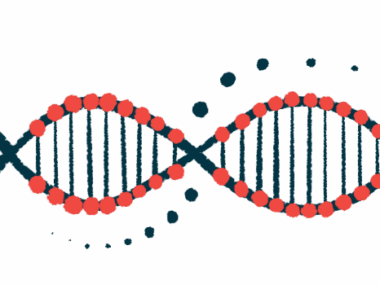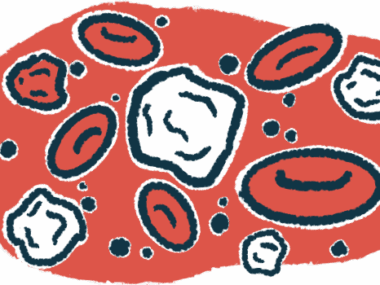Certain COL7A1 mutations linked to more severe RDEB in study
Framework created to categorize severity of mutations to inform patient care
Written by |

Researchers have developed a framework for categorizing the severity of mutations in the COL7A1 gene that cause recessive dystrophic epidermolysis bullosa (RDEB) which could eventually be used to better inform clinical care.
Patients categorized as having so-called “high-impact” mutations in a recent study were found to be at an elevated risk of worse clinical outcomes, including generalized blistering, skin cancer, and death.
In due course, this type of stratification could be used in the clinic to identify patients who are at the highest risk of severe outcomes and thus need more careful monitoring.
“Future studies with larger cohorts of patients with RDEB across diverse ethnic backgrounds are necessary to validate this proposed classification framework,” researchers wrote.
The study, “Functional Genotype-Phenotype Associations in Recessive Dystrophic Epidermolysis Bullosa,” was published in the Journal of the American Academy of Dermatology.
RDEB is caused by mutations, or variants, in COL7A1, resulting in an abnormal or absent type VII collagen (C7) protein. C7 is an important structural component of tissues, including the skin, so RDEB patients experience fragile skin that easily blisters and scars.
Disease severity varies widely among RDEB patients
Despite a common genetic cause, there is wide variation in disease severity among RDEB patients. While more mildly affected patients might see only localized skin blistering, more severe cases can come with widespread blistering of the skin and internal organs, scarring, anemia — where there’s not enough healthy blood cells or hemoglobin protein to carry oxygen in the blood — vision problems, and skin cancer.
Such variation in clinical presentation may in part be explained by the fact that different disease-causing mutations in COL7A1 have varying effects on C7 protein production. For example, some mutations might lead to a complete absence of C7 while others allow some C7 to be produced, albeit an abnormal version.
However, the exact relationship between RDEB mutation types and disease severity is not well established. That makes it harder to counsel patients and predict their prognosis after genetic testing, according to the researchers.
In the study, they sought to learn more about these relationships by performing clinical evaluations and genetic testing in 83 RDEB patients who were part of a clinical study (NCT01019148) at Stanford University in California.
More than half of participants were considered to have the RDEB-severe subtype (51.8%). Eighteen patients died during the study, with the most common cause of death being squamous cell carcinoma (SCC), a type of skin cancer for which RDEB patients are at an elevated risk.
The severity of each person’s RDEB-causing mutations were determined by evaluating their expected effect on C7 protein function. They were then classified as high (63.9%), medium (25.3%), or low impact (10.8%), with high impact leading to the most substantial disruptions to the protein (e.g. little to no protein produced at all).
High-impact variants associated with more severe symptoms
Overall, high-impact variants were associated with more severe disease manifestations than the other two patient groups.
Generalized types of RDEB, where blistering is seen across the body and not localized to one area, were about 10 times more likely among those with high-impact variants compared to those with low-impact variants, and about eight times more likely relative to patients with medium-impact variants.
These most disruptive variants were also linked to a nearly six times greater risk of death compared with medium-impact variants. The risk of death couldn’t be estimated in the low-impact group because none of them died during the study.
Notably, the odds of SCC were more than 40 times higher in the high-impact group compared to the low-impact group.
Consistent with this overall more severe disease presentation, the high-impact group also had higher proportions of patients with several disease symptoms, including fingernail and toenail loss, eye manifestations, anemia, and a low body mass index (a measure of body fat).
The researchers indicated their method of stratifying RDEB mutations could ultimately offer a “preliminary framework to guide genetic counseling and prognostication for patients and families affected by RDEB.”
Importantly, it might also offer insights into clinical care. For example, current screening guidelines for SCC — the most common cause of death in adults with RDEB — don’t take into account genetic background as a risk factor.
“These results offer a starting point for the integration of patient genetics into clinical practice for dermatologists to risk-stratify patients into clinically meaningful subgroups for SCC surveillance,” the researchers concluded.







